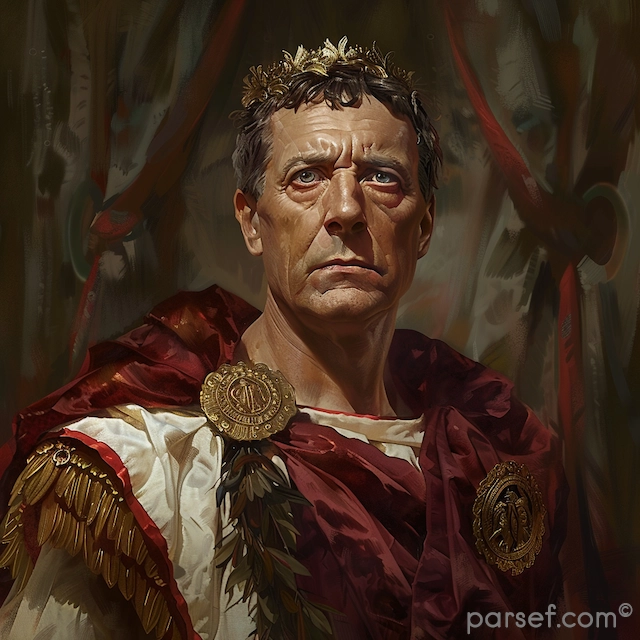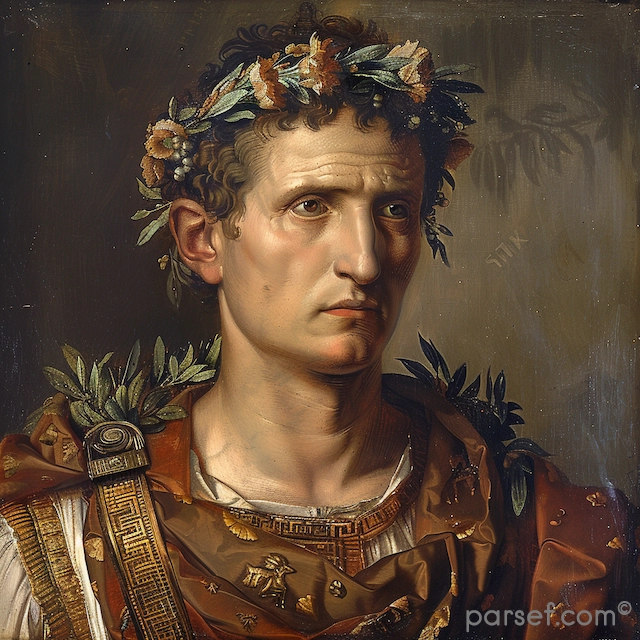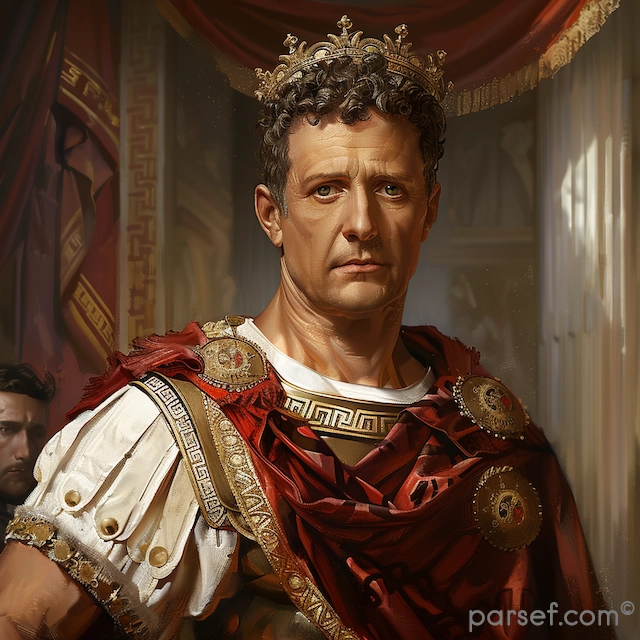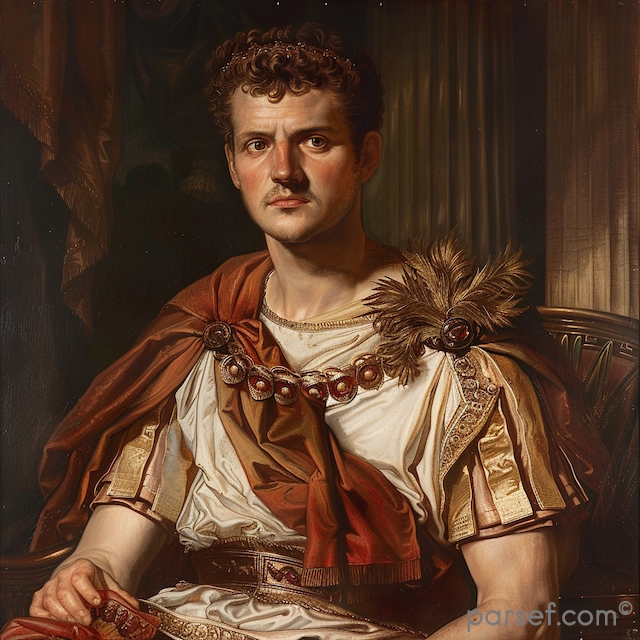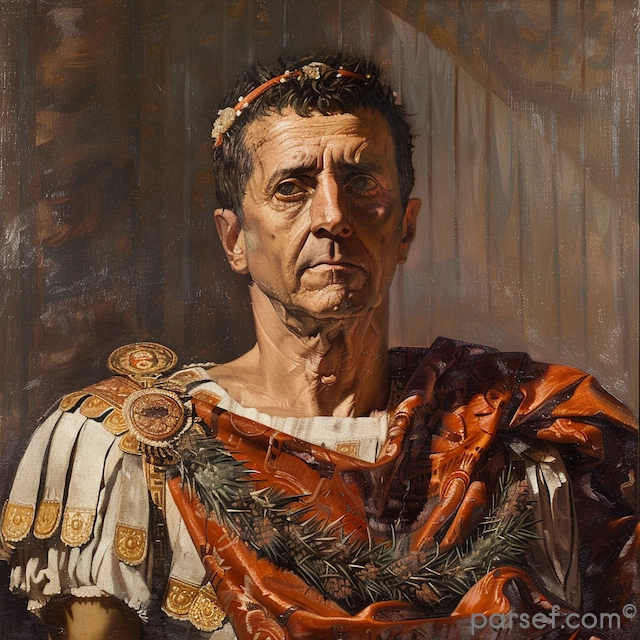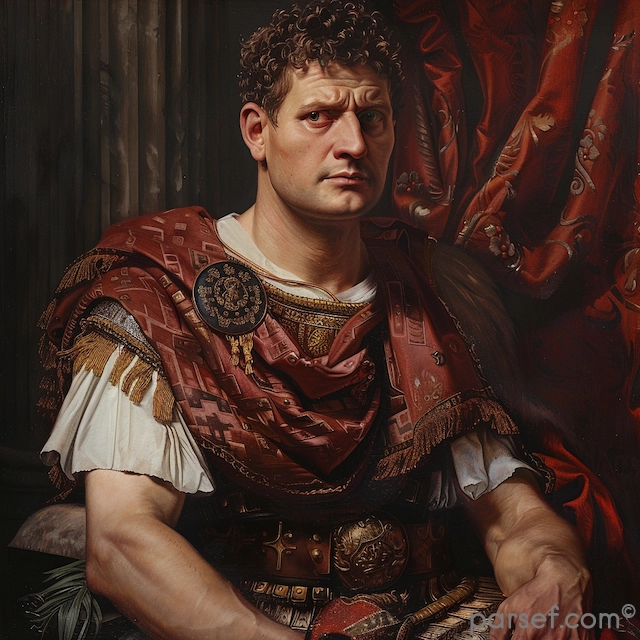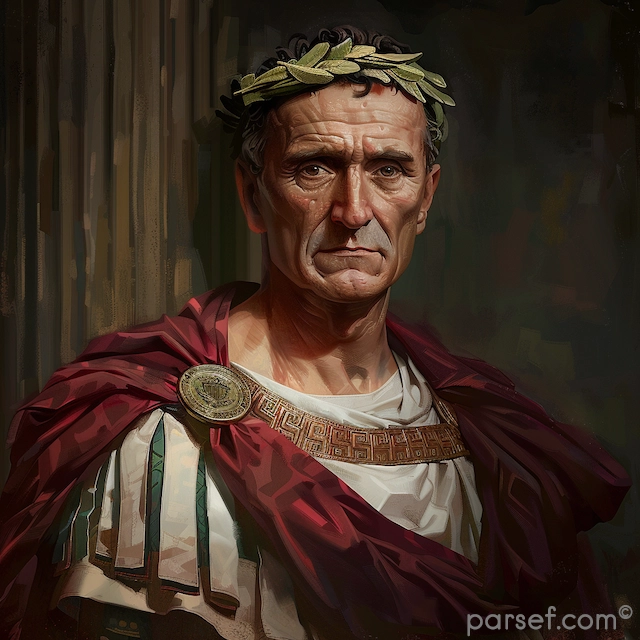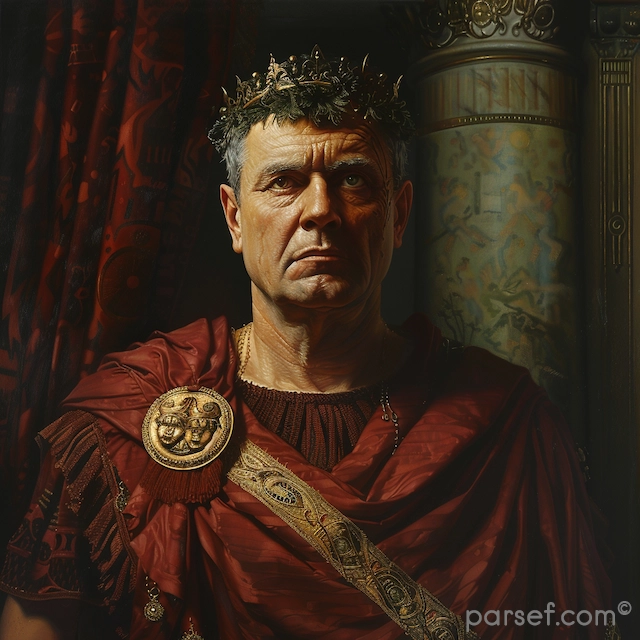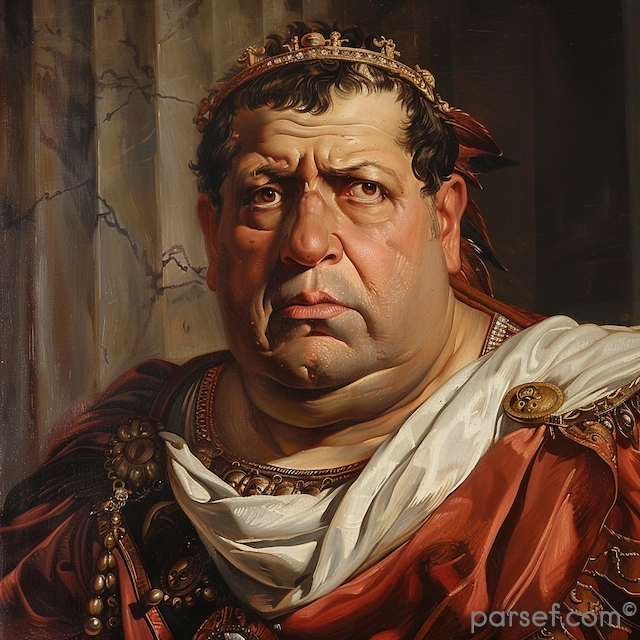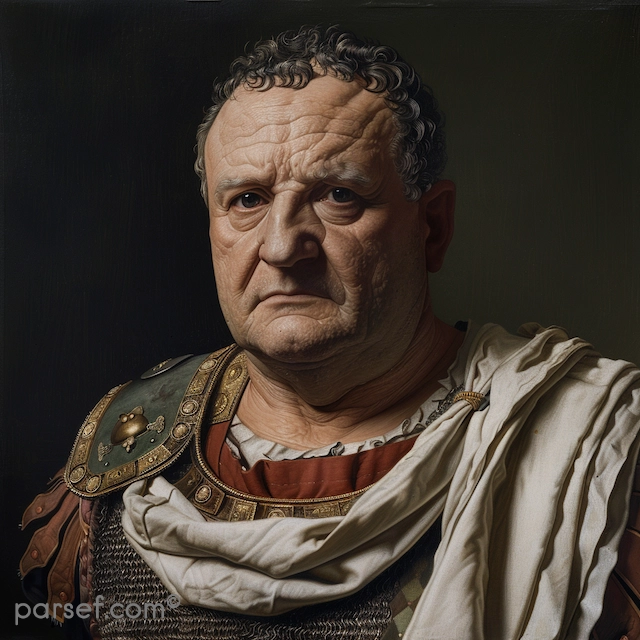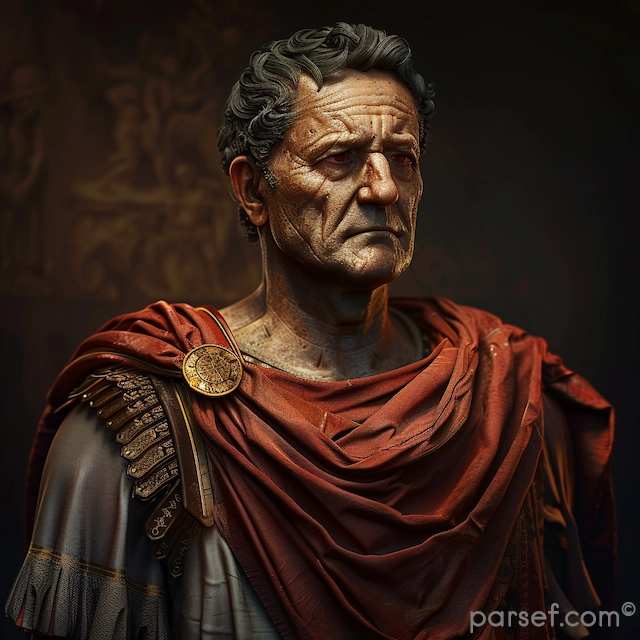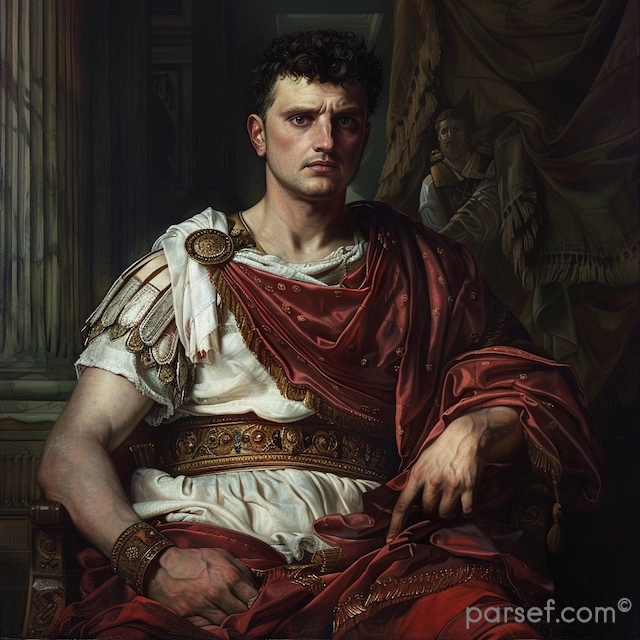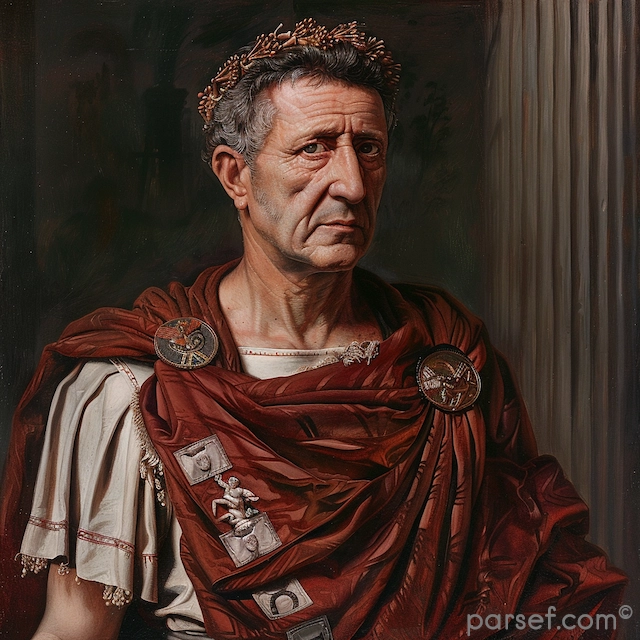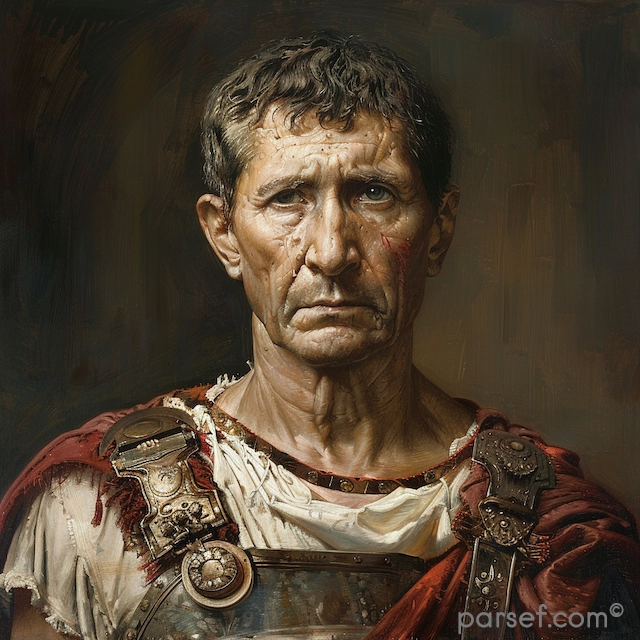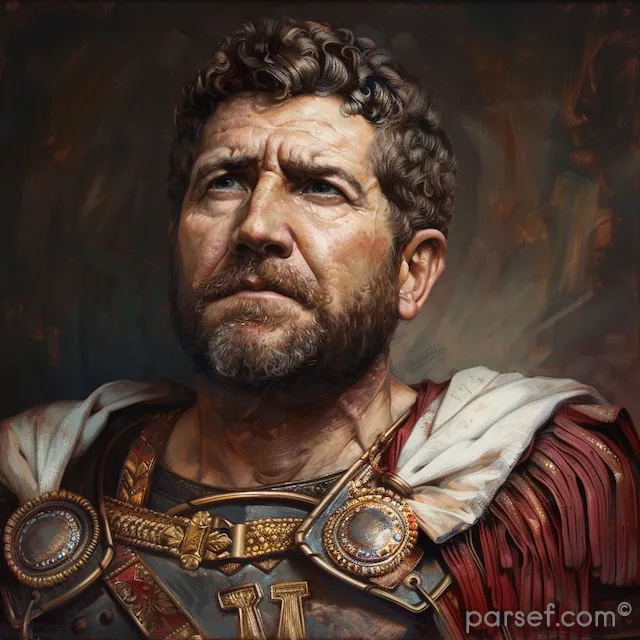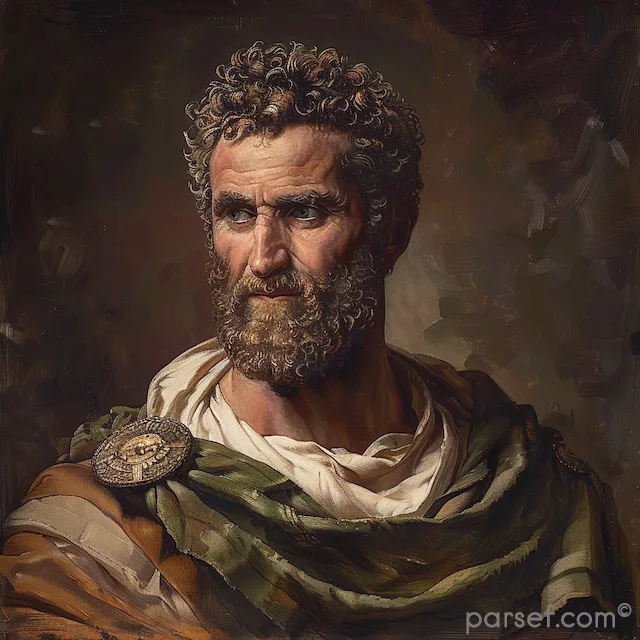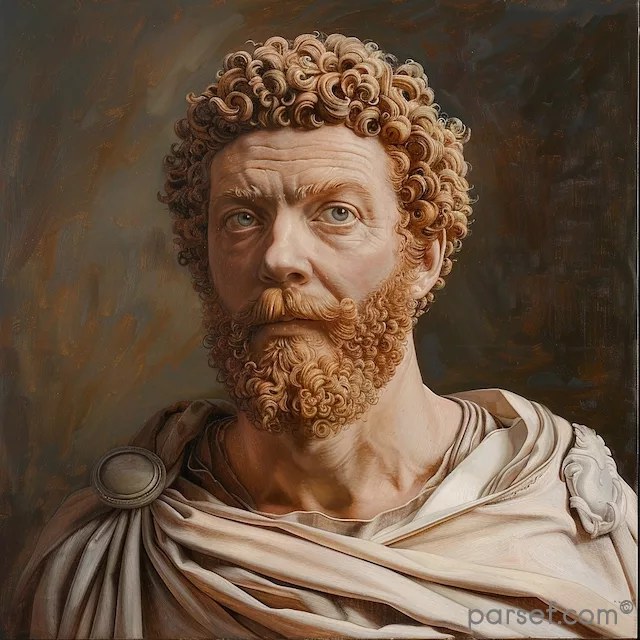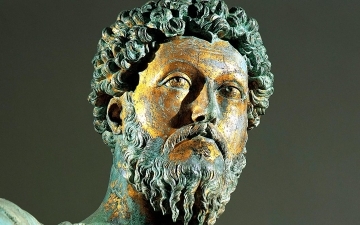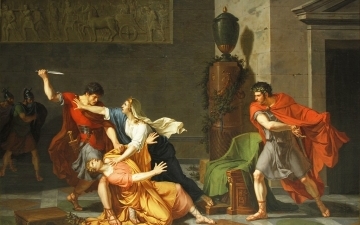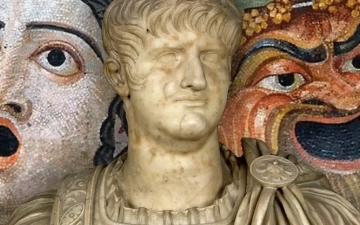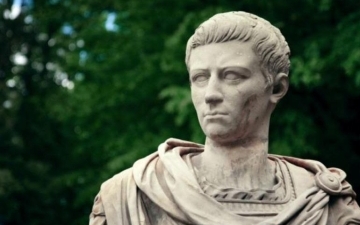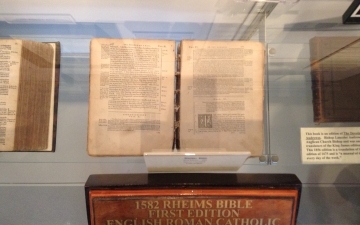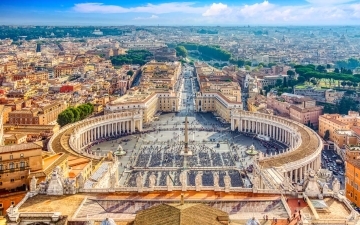Domitian: The Last of the Flavian Emperors and His Reign of Terror
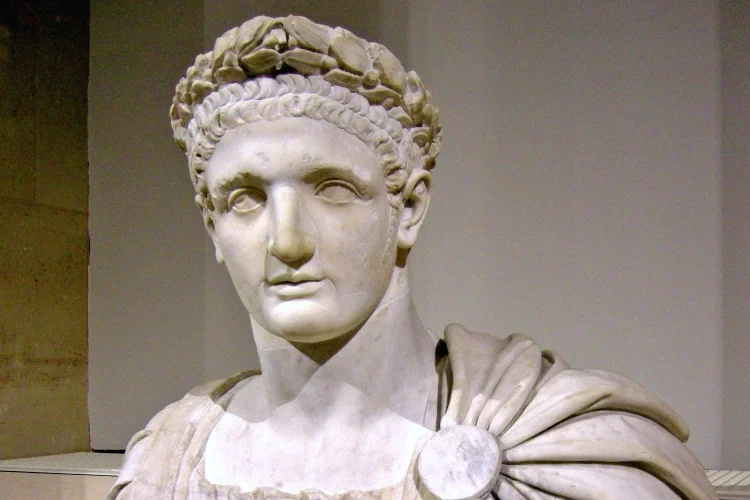
In the annals of Roman history, the reign of Domitian, the youngest son of Vespasian and the last of the Flavian emperors, is often remembered as a time of tyranny, repression, and political intrigue. Domitian's rule, which lasted from 81 to 96 CE, stands in stark contrast to the relative stability and prosperity of his predecessors. In this article, we delve into the life and controversial reign of Domitian, exploring the aspects that earned him a reputation for autocracy and fear.
Early Life and Rise to Power
Domitian was born in 51 CE, and from a young age, he was groomed for a future role in Roman politics. He held various offices, including military commands, before ascending to the throne in the aftermath of his brother Titus' death. Domitian's accession marked the final chapter of the Flavian Dynasty, and his rule was marked by a desire to assert his authority and consolidate power.
Authoritarian Rule and Personal Cult
Domitian's reign is characterized by a pronounced authoritarian streak. He sought to centralize power in the emperor's hands and diminish the influence of the Senate. To this end, he revived many of the imperial court's ceremonial and ritualistic elements, promoting a personality cult around himself.
One of his more controversial actions was the establishment of the "Master of the Horse," a position designed to act as his personal enforcer. This move, coupled with the purges of perceived enemies and critics, created an atmosphere of fear and suspicion in Rome.
Repressive Policies and Persecutions
Domitian's rule saw a series of repressive policies and persecutions. He took a hardline stance against perceived threats to his rule, conducting trials for treason and executing or exiling those deemed disloyal. Intellectuals and philosophers who were critical of his regime faced persecution.
One of the most notorious aspects of Domitian's reign was his persecution of Christians, which marked one of the earliest systematic attempts to suppress the emerging Christian community in the Roman Empire.
Building Projects and Achievements
Despite his authoritarian rule, Domitian did undertake some notable building projects. He completed the construction of the Roman Forum and initiated the construction of the Arch of Titus, a monument commemorating the Flavian victory in Judea.
Assassination and Legacy
Domitian's reign came to a violent end when he was assassinated in 96 CE. The conspirators included members of his own court, highlighting the extent of discontent with his rule.
Domitian's legacy is a complex one. While he left behind notable architectural achievements, his reign is marred by a reputation for autocracy and cruelty. His lasting impact on Roman history is a reminder of the potential dangers of unchecked imperial power and the consequences of suppressing dissent and opposition.
Domitian, the last of the Flavian emperors, remains a polarizing figure in Roman history. His reign, marked by authoritarianism and persecution, is a testament to the complexities of imperial rule and the enduring debates surrounding the balance between centralized power and individual liberty in the ancient world.
Related Posts
Marcus Aurelius: Philosophy and Leadership in the Midst of Turmoil
In the annals of Roman history, the name Marcus Aurelius stands as a symbol of wisdom, Stoic philosophy, and leadership during times of great adversity. His reign as Emperor from 161 to 180 CE coincided with challenging periods for the Roman Empire, including external threats and internal strife. In this...
Read MoreGeta: The Tragic Co-Emperor Whose Life Was Cut Short by Fraternal Rivalry
Geta, the younger son of Septimius Severus, is a figure largely overshadowed by his more domineering brother, Caracalla. Often relegated to the role of the quiet, less ambitious sibling, Geta’s life was tragically cut short by a family feud that shook the Roman Empire to its core. Unlike his brother, Geta...
Read MoreNero: The Notorious Emperor Who Fiddled While Rome Burned
The name Nero is synonymous with tyranny, extravagance, and the infamous image of an emperor who, according to legend, played the fiddle while Rome was engulfed in flames. Nero's reign is a dark chapter in the history of the Roman Empire, marked by cruelty, decadence, and the disastrous Great Fire...
Read MoreCaligula: Madness and Infamy in the Roman Empire
The name Caligula is synonymous with madness and infamy in the annals of Roman history. Gaius Julius Caesar Augustus Germanicus, known as Caligula, was the third Roman Emperor, and his tumultuous reign left an indelible mark of cruelty, debauchery, and tyranny. In this article, we delve into the life and...
Read MoreFrom Scrolls to Stones: How Museums Document Biblical History
The Bible is more than just a collection of sacred texts—it’s a living document that has shaped centuries of religious, cultural, and historical movements. For thousands of years, it has been passed down through oral traditions, written manuscripts, and monumental inscriptions. The story of how these texts came to be,...
Read MoreDigital Assets and the Holy See: How the Vatican is Adopting Blockchain & Crypto Technology and NFTs
Introduction The Vatican has started experimenting with blockchains and non-fungible tokens (NFTs) technology integration around the world to engage new audiences and culturally patrimonial preservation of Ancient Greece and Rome. This initiative, which began with the Vatican Apostolic Library and NTT DATA Italia, is one of the first on Web3 attempts...
Read More